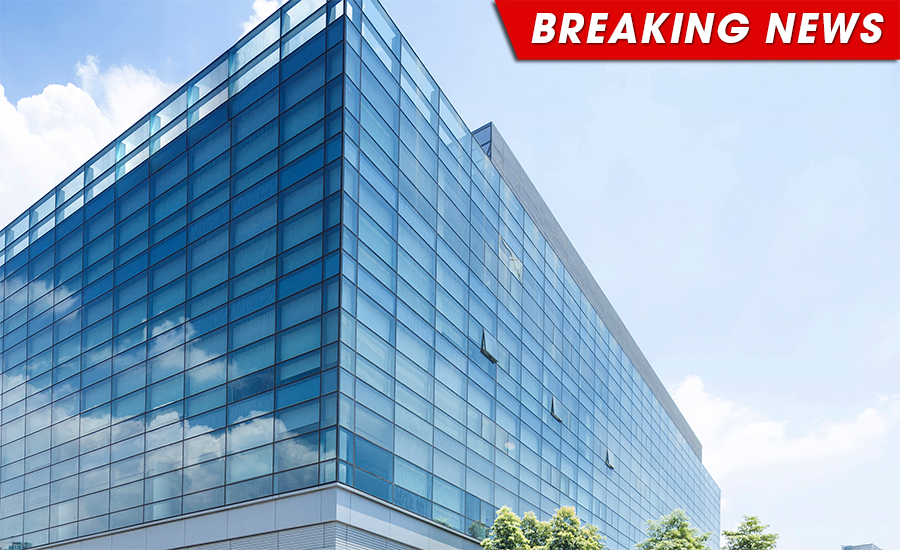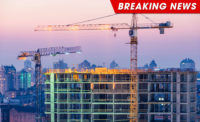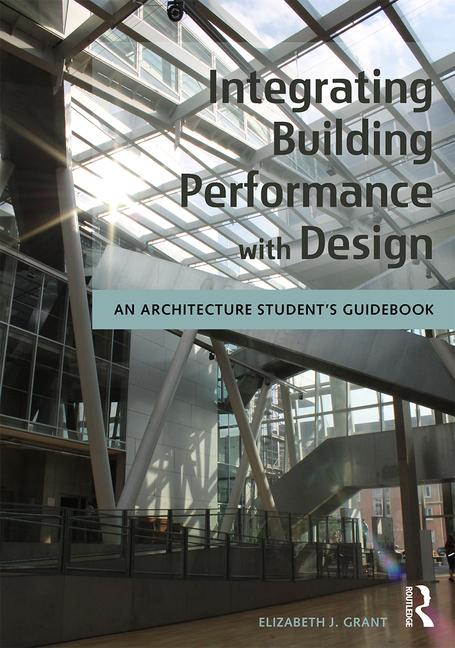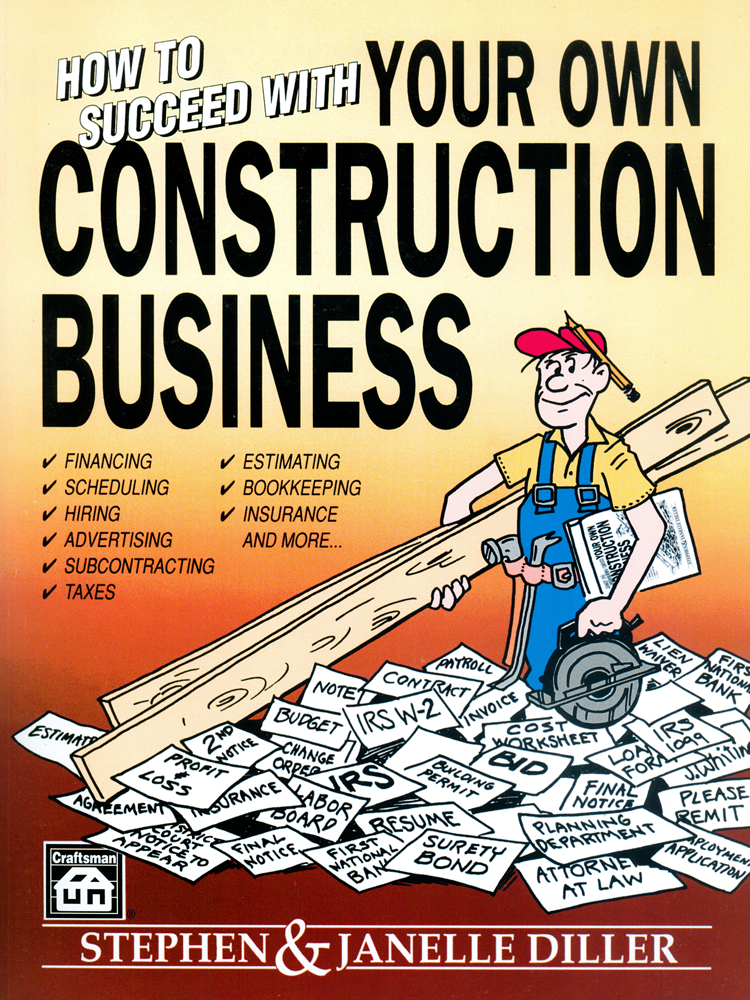USGBC Unites with STAR Communities

The U.S. Green Building Council (USGBC) announced that the STAR Community Rating System, which offers certification for sustainable communities, will be fully integrated into USGBC’s LEED for Cities and LEED for Communities programs. This integration will help advance healthy, green and economically strong cities and communities – and reflects USGBC’s partnership with STAR Communities, the non-profit that runs the STAR rating system.
USGBC’s LEED for Cities and LEED for Communities programs provide third-party verification of the current performance of built-out cities and communities.
“Integrating the STAR Community Rating System into LEED for Cities and LEED for Communities, will bring us closer to our goal of advancing sustainable cities and communities around the world,” said Mahesh Ramanujam, president & CEO, USGBC. “We are helping cities develop responsible, sustainable and specific plans for energy, water, waste, transportation and many other factors that contribute to raising the standard of living for all people around the world.”
The 75 cities and communities that have achieved STAR certification and the 20 additional cities and communities that are seeking STAR certification will now transfer into the family of LEED for Cities and LEED for Communities. Hilari Varnadore, the director of the STAR Communities program, has also joined USGBC as the director of the LEED for Cities and LEED for Communities programs.
“STAR has been a longtime collaborator with USGBC,” said Hilari Varnadore, director, USGBC. “In fact, the STAR Community Rating System was inspired by LEED, and developed with LEED in mind. Through this integration, these exceptional STAR communities will reach an even higher level of leadership where they will be able to benchmark their current performance, home in on targeted metrics to achieve continuous improvement, and demonstrate a commitment to sustainability, human health and economic prosperity. They also send the signal to city planners and policy makers that radical transparency and accountability are necessary to ensure a new generation of places where people, nature and businesses can all thrive.”
The City of Columbia, S.C., was recently certified under STAR. “As mayor of the City of Columbia, South Carolina I could not be more pleased that our city’s performance – and continued commitment to improve that performance – qualifies us to join the illustrious ranks of LEED cities around the world,” said Mayor Steve Benjamin, also Chair of the U.S. Conference of Mayors. “Our STAR certification – earned last December – has provided a great foundation for future work with the U.S. Green Building Council, and we look forward to openly tracking and communicating our continued social, economic and environmental performance so that the people of Columbia can be assured of our measurable progress.”
The development of equitable, safe, healthy, sustainable cities and communities at USGBC dates back to the development of LEED for Neighborhood Development more than a decade ago. As new technologies are developed and new strategies devised, there is a growing consciousness of the collective role sustainability plays in human health and wellness.
“At USGBC, we have a vision that buildings and communities will regenerate and sustain the health and vitality of all life within a generation,” added Ramanujam. “In order to realize a sustainable future for all, the next generation of green building must focus on the development of smart and resilient cities and communities. Our cities must champion equitable, safe and healthy development policies; advanced technologies that improve the performance of their communities and cities; and incorporate concepts like wellness and human experience into city planning, development and management.”
Cities and communities face many challenges in this day and age—citizens are demanding more transparency and information about the places where they live, work, learn and play. LEED for Cities and LEED for Communities address these concerns on a global scale.
LEED for Cities and LEED for Communities programs are helping to accelerate the leadership now being shown by city and community leaders. LEED helps cities and communities benchmark current performance, track performance metrics, communicate continuous improvement, educate residents, visitors and business owners to demonstrate commitment to sustainability, human health and economic prosperity. As a result, local governments are becoming laboratories of innovation and leadership, and have an enormous opportunity to initiate a dynamic dialogue with citizens—and earn their trust in the process.
Looking for a reprint of this article?
From high-res PDFs to custom plaques, order your copy today!







